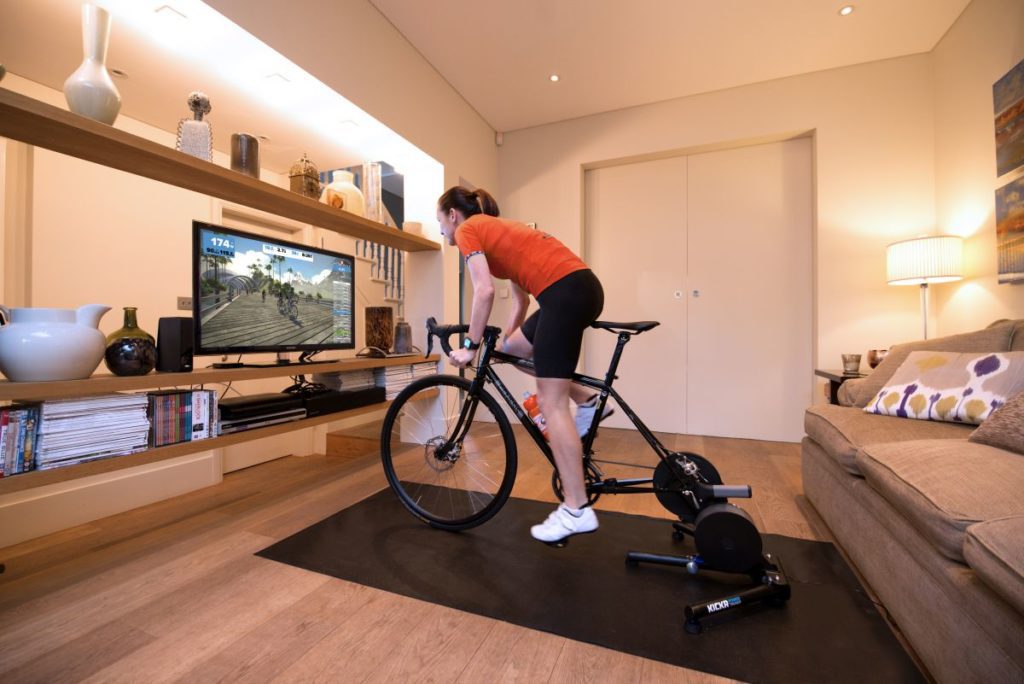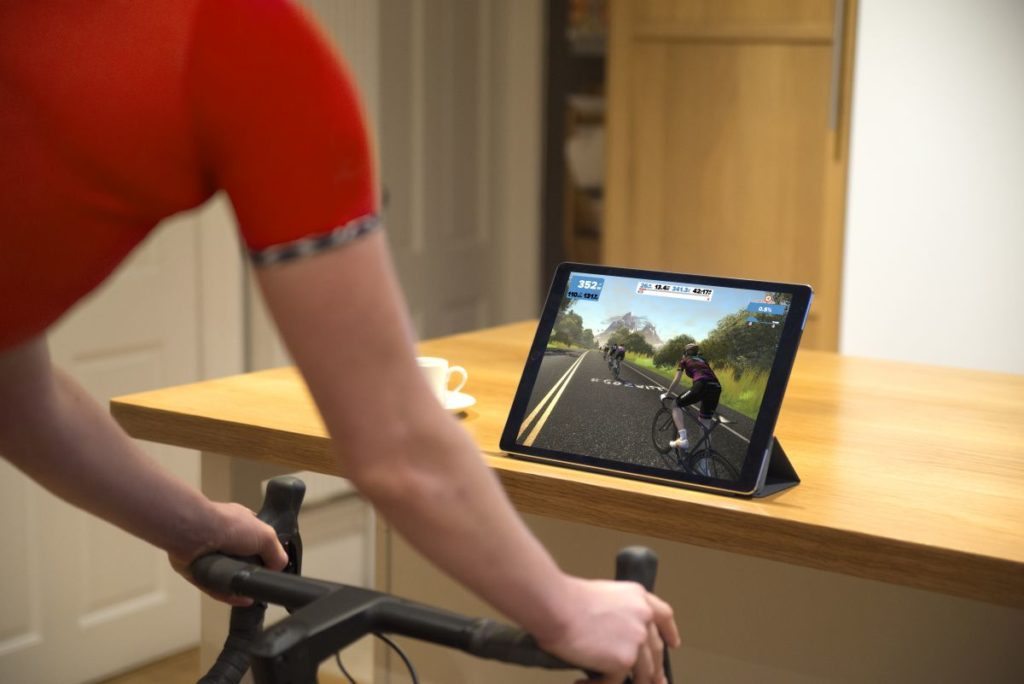Seven indoor training hacks for the winter
Here's how you can make your indoor training experience more enjoyable and effective
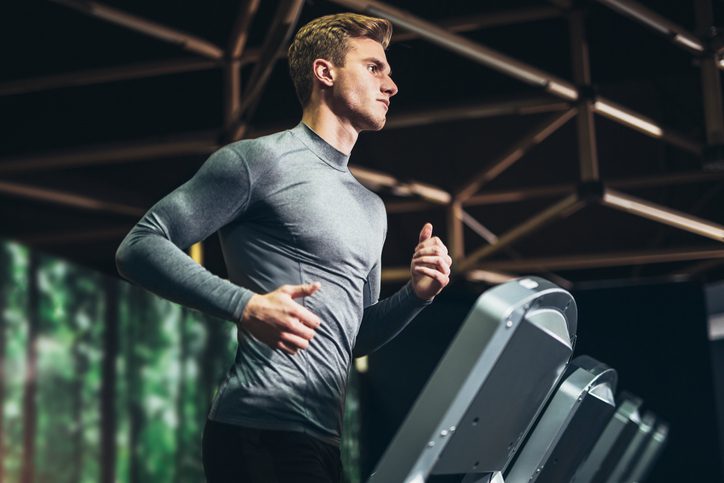
The first day of winter has come and past, meaning the deep freeze has only just begun. In terms of training effectiveness and safety, doing your training indoors is superior to the outdoors. Whether you’re a veteran or just a beginner, here are a few training hacks to make your time indoors more enjoyable and effective.
Related: Getting the most out of riding indoors this winter
Setting up a fan next to your treadmill and trainer.
The movement of air from a fan uses convection to cool your body. In a literature review from Sports Medicine (2018), researchers found that an individual’s perception of pain and temperature significantly affected their endurance performance in 15-20K time trials. The review highlights the connection between the brain’s perception of the environment and its apparent influence on performance. While you may not have access to an ice vest like some of the professionals, a fan is not a bad substitute.
Related: How to train your body to race in the heat and humidity
A cool bottle of water and electrolyte mix.
The temperature of your water or sports drink can’t be underestimated. In a literature review published in the International Journal of Sports Nutrition and Exercise Metabolsim (2012), researchers found that cool beverages (<22 C) significantly increased fluid consumption, hydration and palpability (satisfaction of water and nutritional needs) than controls (>22 C). Additionally, supplementing your water with an electrolyte mix may be beneficial for yourself if you’re a known ‘salty sweater’ or if you’re looking to keep your electrolyte levels topped up. (Especially important for long-distance triathlons.)
Related: Ironman Nutrition: Liquids or Solids?
Carbohydrates and high-intensity sessions
The fad in endurance sport over the last few years has been fasted workouts. With all the excitement around these workouts – as they are effective when used correctly – it is important to adapt your diet around your training.
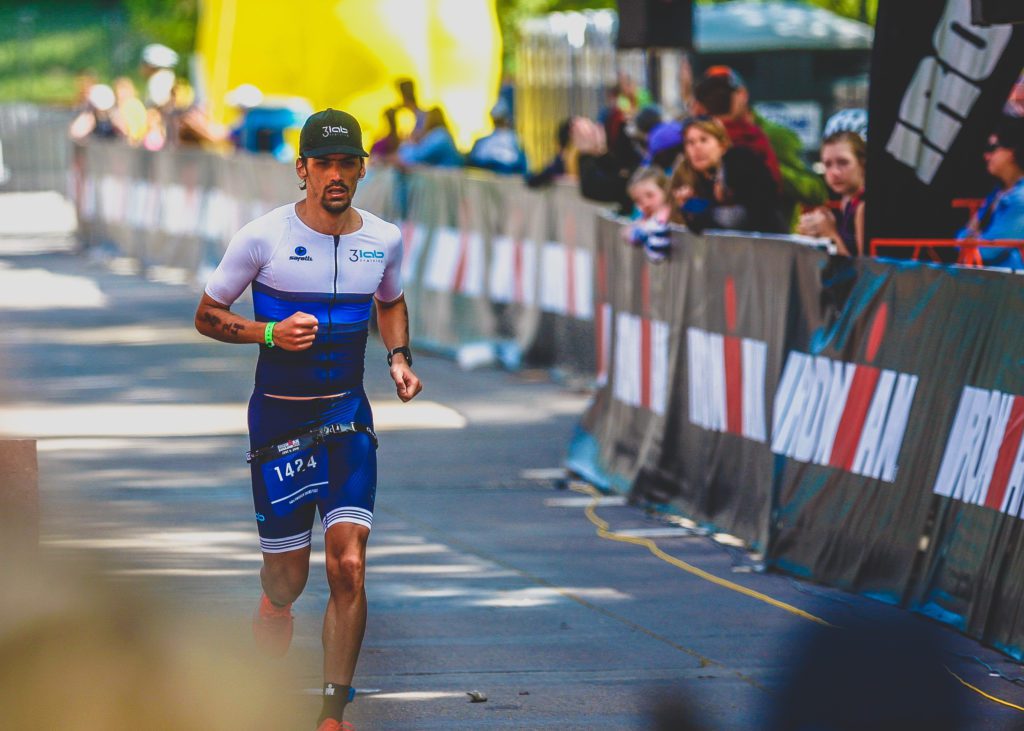
In a recent scientific review published in Science, Louise Burke head of sports nutrition at Australia’s Sports Institute and John Hawley, director of The Mary MacKillop Institute for Health Research, explained how endurance athletes should adopt a periodized nutritional plan. Burke and Hawley suggest an approach to training ‘high’ and sleeping ‘low.’
Related: Fasted workouts part of a periodized nutritional approach
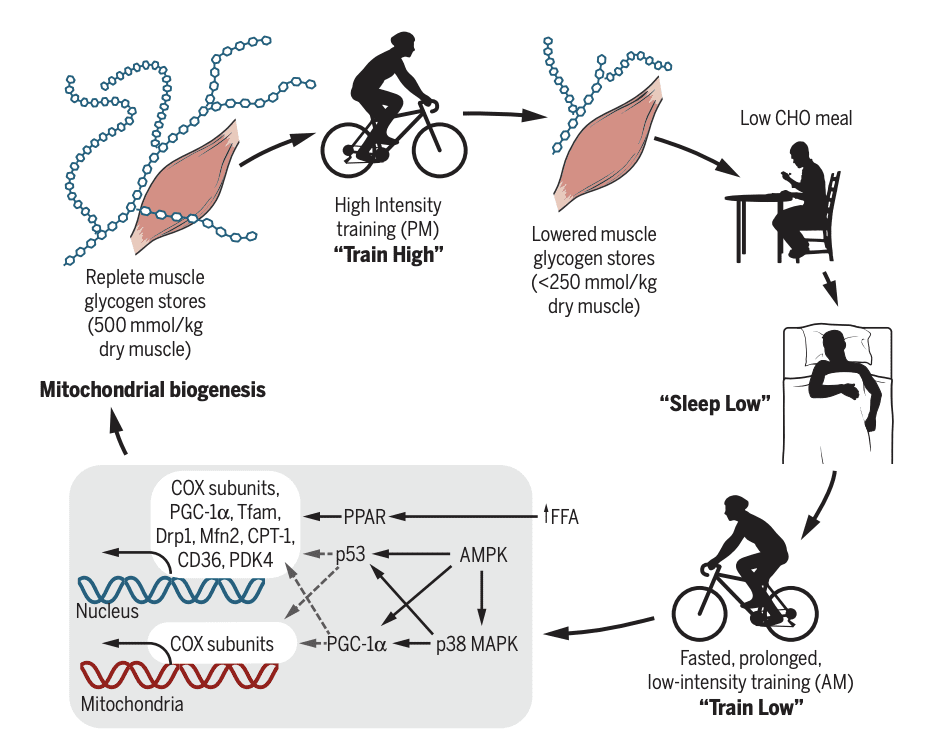
Athletes undertake high-quality, high-intensity training [with a high carbohydrate intake] and then prolong the duration of low CHO availability during recovery and subsequent aerobic exercise, thereby potentially extending the time course of transcriptional activation of metabolic genes and their target proteins. We have termed this practice “train high, sleep low.”
How to fight boredom
We are fortunate to live in a day and age of indoor training applications, movie programs and music applications. Imagine trying to do a two-hour trainer ride without any one of these. Now it wouldn’t be impossible, but we are fortunate to have a number of resources at our disposal to enhance our training and enjoyment during it. While there is nothing wrong with watching Netflix as you cruise at zone two, you can add some fun with racing on Zwift or find hundreds of structured workouts and plans on TrainerRoad. With free trial periods, you’re able to find the application that works best for you. For some, these applications may not work for you, but they do make indoor winter training much more effective and enjoyable.
Related: Your indoor training menu
Make sure you have a towel nearby.
Having a towel close by is essential for indoor training sessions on the trainer or treadmill. A towel can keep sweat from stinging your eyes and act as a distraction by blocking your time done/left in the interval.
Sporting a ball cap or headband is more than just a look.
A cap or headband is helpful when trying to keep sweat away from your eyes. It’s one of those looks triathletes love, partly because it looks cool, but also because the pros do it too. Lionel Sanders rocks his headband on the trainer, and Jan Frodeno sports a ball cap as he goes 7:51:13 at Kona.
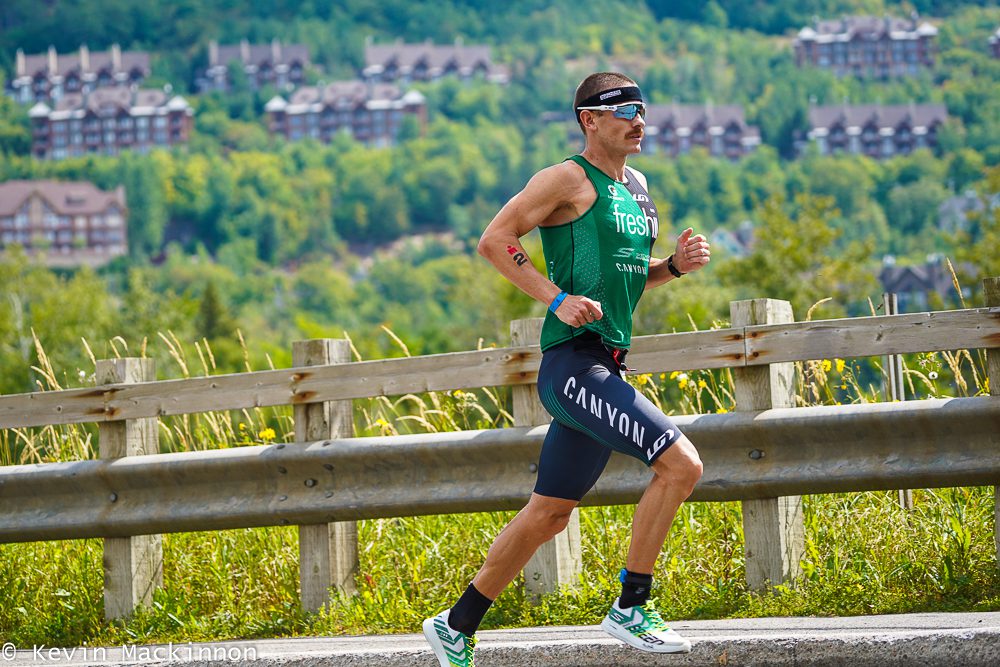
Related: What triathletes look like in the gym
Quality over quantity
Training in the winter is diffcult, even with all these cool and exciting applications. At the end of the day, remember quality over quantity. When time is limited and motivation is low, a quality session is much more effective and enjoyable than banging your head against the treadmill/handlebars for two hours. As the weather gets better you will be able to get in those long sessions.
Happy training indoors this winter, and hopefully we’ll be out on the ice-free roads of spring soon enough.
